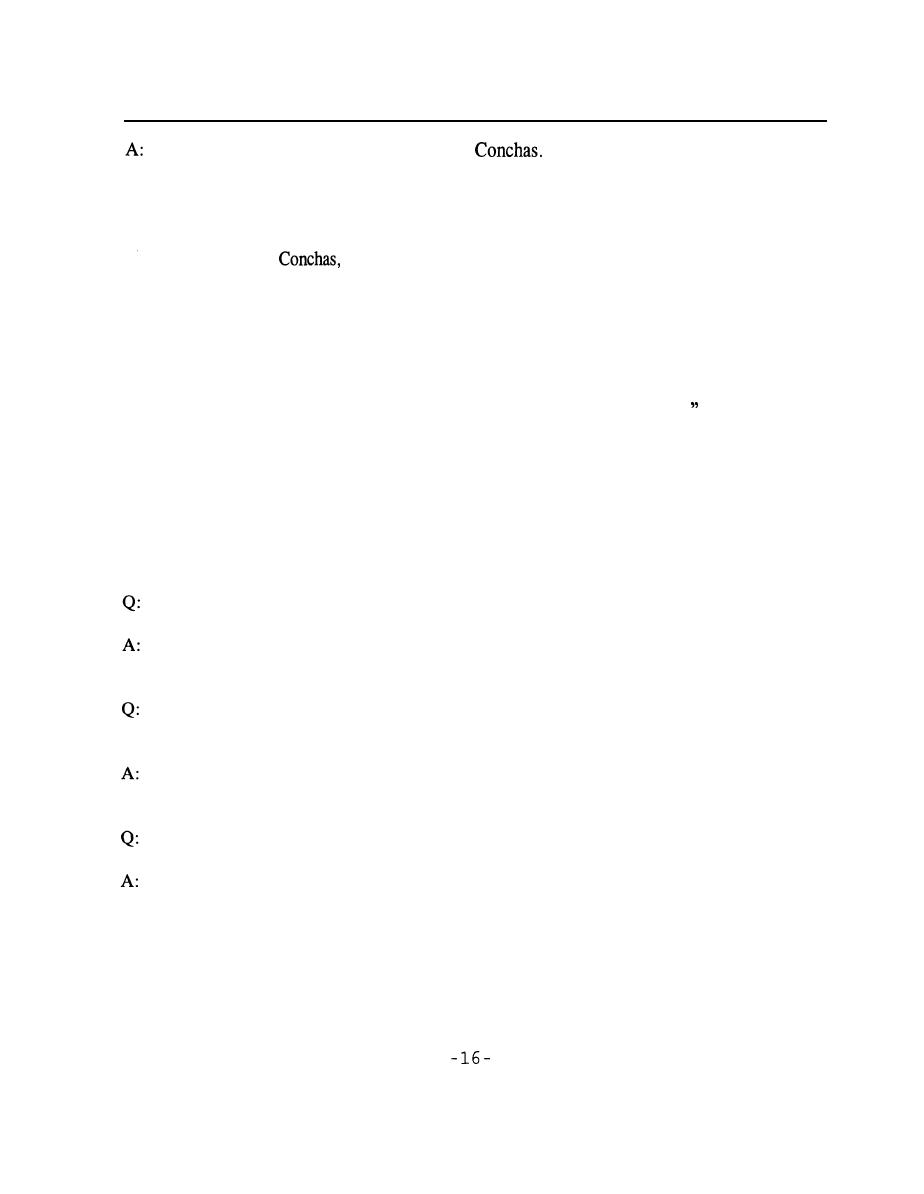
Water Resources: Hydraulics and Hydrology
That's right. We made no changes on
Usually, the Waterways Experiment
Station constructs the original model based on district office prototype design drawings.
Then the tests are made see how the model operates. If the model shows a problem, then
WES advises the district designers and suggests changes to correct the problem.
In the case of
the original design called for a stilling basin because the river was
erodible. If instead the original design had called for a flip bucket, it would have been
constructed in the model. Also, a model downstream river channel would have to be
constructed so that the extent of its erosion could be determined.
If a large hole is eroded and progresses to the toe of the dam, that might endanger the
dam. WES would show the model test results to the district's designers and say, "You
shouldn't have a flip bucket. You should construct a stilling basin. Fortunately, the
district designers originally selected the stilling basin.
So the purpose of the model there was to have the design flood go over the spillway into
the stilling basin and check out to see that the stilling basin dimensions were correct to
form a good hydraulic jump and give maximum energy dissipation in the concrete-lined
stilling basin before the water flowed down the erodible stream bed.
That was the first of the models that you actually worked on and helped put together.
Yes.
When you did your calculations, was it all done by hand or slide rule, or were early
mechanical calculators involved?
We certainly didn't have computers.
I know. [Laughter].
There were mechanical calculators, all right, but I always used the slide rule. I liked to
use a slide rule. Figures could be carried out to the second or third decimal point with
mechanical calculators. Models don't reproduce nature 100 percent, some only come
within five to ten percent. I always found a slide rule to be satisfactory for making
hydraulic model study calculations.



 Previous Page
Previous Page
